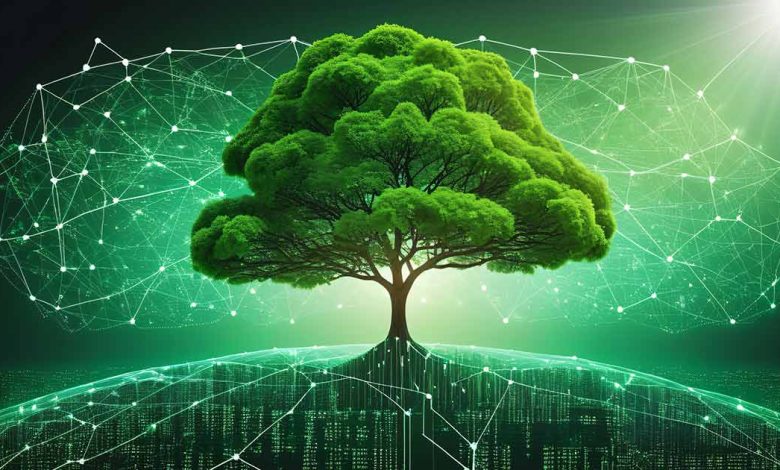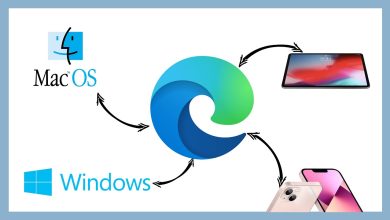What is Green Tech and Sustainable Innovations?

What is Green Tech and Sustainable Innovations?
Green tech refers to technology that promotes sustainability. It focuses on reducing environmental impact. Sustainable innovations are practices and products that help preserve resources. Together, they aim to create a healthier planet.
The Importance of Green Tech
Green tech is vital for several reasons:
- Combatting Climate Change: Climate change poses a significant threat. Green technologies reduce greenhouse gas emissions. They help combat global warming.
- Resource Conservation: Sustainable innovations conserve natural resources. This ensures that future generations have access to clean air and water.
- Economic Benefits: Investing in green tech can stimulate the economy. It creates jobs in new industries and promotes economic growth.
- Enhanced Quality of Life: Green technologies improve quality of life. They lead to cleaner air and healthier communities.
- Compliance with Regulations: Many countries implement strict environmental regulations. Green tech helps businesses comply with these laws and avoid penalties.

Key Areas of Green Tech
Several areas are at the forefront of green technology. Here are some significant sectors:
- Renewable Energy: Renewable energy sources are crucial. Solar, wind, and hydro power reduce reliance on fossil fuels. These technologies provide clean energy solutions for homes and businesses.
- Energy Efficiency: Energy-efficient technologies lower energy consumption. Smart appliances and LED lighting are examples. They save money and reduce carbon footprints.
- Sustainable Transportation: Green transportation solutions are on the rise. Electric vehicles (EVs) and public transit options reduce emissions. Biking and walking also promote sustainable urban living.
- Waste Management: Effective waste management is essential for sustainability. Innovations in recycling and composting minimize waste sent to landfills. They also promote circular economies.
- Water Conservation: Water-saving technologies help manage this precious resource. Low-flow fixtures and rainwater harvesting systems reduce water waste. These practices are critical in drought-prone areas.
- Sustainable Agriculture: Sustainable farming practices minimize environmental impact. Organic farming and permaculture enhance soil health. These methods also promote biodiversity.
Current Innovations in Green Tech
Several exciting innovations are emerging in the green tech space. Here are a few noteworthy examples:
- Solar Panels: Advances in solar technology make panels more efficient and affordable. New materials, like perovskite, offer improved energy conversion rates.
- Smart Grids: Smart grid technology enhances electricity distribution. It allows for better integration of renewable energy sources. This leads to more reliable and efficient power systems.
- Carbon Capture and Storage (CCS): CCS technology captures carbon dioxide emissions from industrial sources. It stores the CO2 underground, preventing it from entering the atmosphere.
- Biodegradable Plastics: Innovations in biodegradable materials reduce plastic pollution. These materials break down naturally, minimizing environmental impact.
- Vertical Farming: Vertical farms use technology to grow crops in urban areas. They save space and resources while providing fresh produce to local communities.
- Energy Storage Solutions: Advanced battery technologies improve energy storage. This is essential for balancing supply and demand, especially with renewable energy sources.
Challenges in Green Tech Adoption
Despite its benefits, green tech faces challenges:
- High Initial Costs: Many green technologies require significant upfront investment. This can deter businesses and consumers from adopting them.
- Lack of Awareness: Not everyone understands the benefits of green tech. Education and outreach are crucial to promote awareness and acceptance.
- Regulatory Barriers: Inconsistent regulations can hinder the growth of green technologies. Policymakers must create supportive environments for innovation.
- Technological Limitations: Some green technologies are still in development. Continued research and investment are needed to improve their effectiveness.
- Market Competition: Traditional industries may resist green technologies. They often have established infrastructures that are hard to change.

The Future of Green Tech and Sustainable Innovations
The future of green tech looks promising. Here are some trends to watch:
- Increased Investment: Investment in green technologies is expected to grow. Governments and businesses are prioritizing sustainability.
- Integration of AI: Artificial intelligence can optimize energy usage and resource management. This technology will enhance the efficiency of green innovations.
- Global Collaboration: International partnerships will drive green tech advancements. Countries can share knowledge and resources to tackle environmental challenges.
- Focus on Circular Economy: The circular economy emphasizes reusing and recycling materials. This approach minimizes waste and promotes sustainability.
- Emerging Technologies: Innovations like hydrogen fuel cells and sustainable aviation fuel are on the rise. These technologies will help decarbonize various sectors.
Conclusion
Green tech and sustainable innovations are vital for a healthier planet. They reduce environmental impact and promote resource conservation. While challenges exist, the future looks bright. Continued investment and collaboration will drive advancements in this field. Embracing green technologies is essential for a sustainable future. Together, we can create a cleaner, greener world.




